Athanasios Karapantelakis
Large-Scale AI in Telecom: Charting the Roadmap for Innovation, Scalability, and Enhanced Digital Experiences
Mar 06, 2025Abstract:This white paper discusses the role of large-scale AI in the telecommunications industry, with a specific focus on the potential of generative AI to revolutionize network functions and user experiences, especially in the context of 6G systems. It highlights the development and deployment of Large Telecom Models (LTMs), which are tailored AI models designed to address the complex challenges faced by modern telecom networks. The paper covers a wide range of topics, from the architecture and deployment strategies of LTMs to their applications in network management, resource allocation, and optimization. It also explores the regulatory, ethical, and standardization considerations for LTMs, offering insights into their future integration into telecom infrastructure. The goal is to provide a comprehensive roadmap for the adoption of LTMs to enhance scalability, performance, and user-centric innovation in telecom networks.
Numeric Reward Machines
Apr 30, 2024Abstract:Reward machines inform reinforcement learning agents about the reward structure of the environment and often drastically speed up the learning process. However, reward machines only accept Boolean features such as robot-reached-gold. Consequently, many inherently numeric tasks cannot profit from the guidance offered by reward machines. To address this gap, we aim to extend reward machines with numeric features such as distance-to-gold. For this, we present two types of reward machines: numeric-Boolean and numeric. In a numeric-Boolean reward machine, distance-to-gold is emulated by two Boolean features distance-to-gold-decreased and robot-reached-gold. In a numeric reward machine, distance-to-gold is used directly alongside the Boolean feature robot-reached-gold. We compare our new approaches to a baseline reward machine in the Craft domain, where the numeric feature is the agent-to-target distance. We use cross-product Q-learning, Q-learning with counter-factual experiences, and the options framework for learning. Our experimental results show that our new approaches significantly outperform the baseline approach. Extending reward machines with numeric features opens up new possibilities of using reward machines in inherently numeric tasks.
Using Large Language Models to Understand Telecom Standards
Apr 12, 2024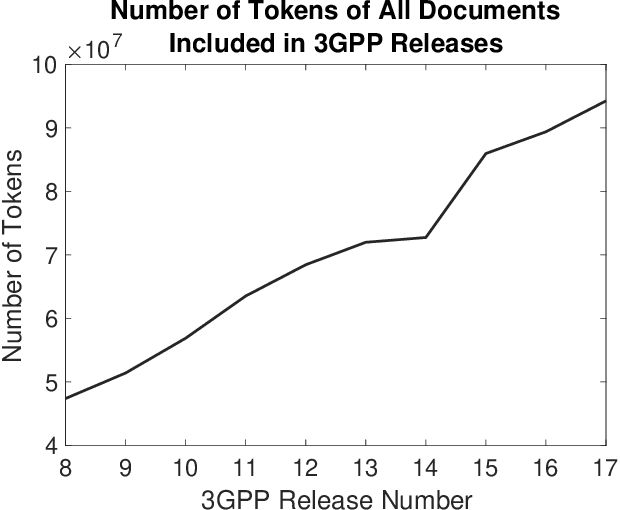
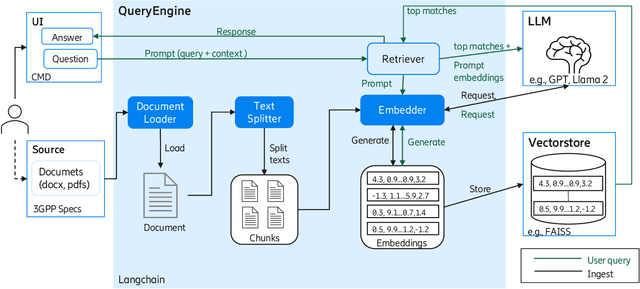
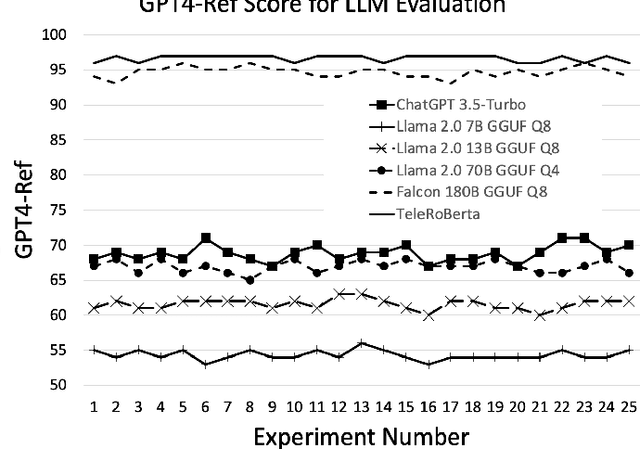
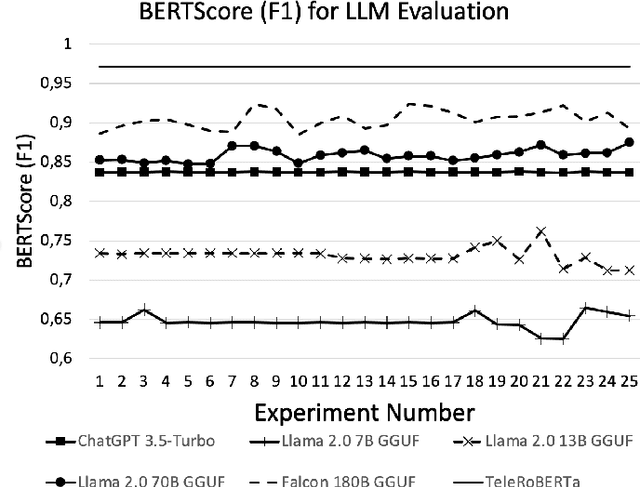
Abstract:The Third Generation Partnership Project (3GPP) has successfully introduced standards for global mobility. However, the volume and complexity of these standards has increased over time, thus complicating access to relevant information for vendors and service providers. Use of Generative Artificial Intelligence (AI) and in particular Large Language Models (LLMs), may provide faster access to relevant information. In this paper, we evaluate the capability of state-of-art LLMs to be used as Question Answering (QA) assistants for 3GPP document reference. Our contribution is threefold. First, we provide a benchmark and measuring methods for evaluating performance of LLMs. Second, we do data preprocessing and fine-tuning for one of these LLMs and provide guidelines to increase accuracy of the responses that apply to all LLMs. Third, we provide a model of our own, TeleRoBERTa, that performs on-par with foundation LLMs but with an order of magnitude less number of parameters. Results show that LLMs can be used as a credible reference tool on telecom technical documents, and thus have potential for a number of different applications from troubleshooting and maintenance, to network operations and software product development.
A Survey on the Integration of Generative AI for Critical Thinking in Mobile Networks
Apr 10, 2024Abstract:In the near future, mobile networks are expected to broaden their services and coverage to accommodate a larger user base and diverse user needs. Thus, they will increasingly rely on artificial intelligence (AI) to manage network operation and control costs, undertaking complex decision-making roles. This shift will necessitate the application of techniques that incorporate critical thinking abilities, including reasoning and planning. Symbolic AI techniques already facilitate critical thinking based on existing knowledge. Yet, their use in telecommunications is hindered by the high cost of mostly manual curation of this knowledge and high computational complexity of reasoning tasks. At the same time, there is a spurt of innovations in industries such as telecommunications due to Generative AI (GenAI) technologies, operating independently of human-curated knowledge. However, their capacity for critical thinking remains uncertain. This paper aims to address this gap by examining the current status of GenAI algorithms with critical thinking capabilities and investigating their potential applications in telecom networks. Specifically, the aim of this study is to offer an introduction to the potential utilization of GenAI for critical thinking techniques in mobile networks, while also establishing a foundation for future research.
A Framework for Knowledge Management and Automated Reasoning Applied on Intelligent Transport Systems
Jan 11, 2017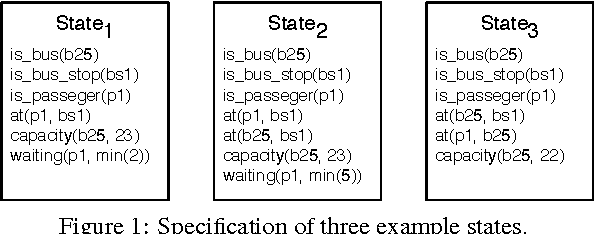
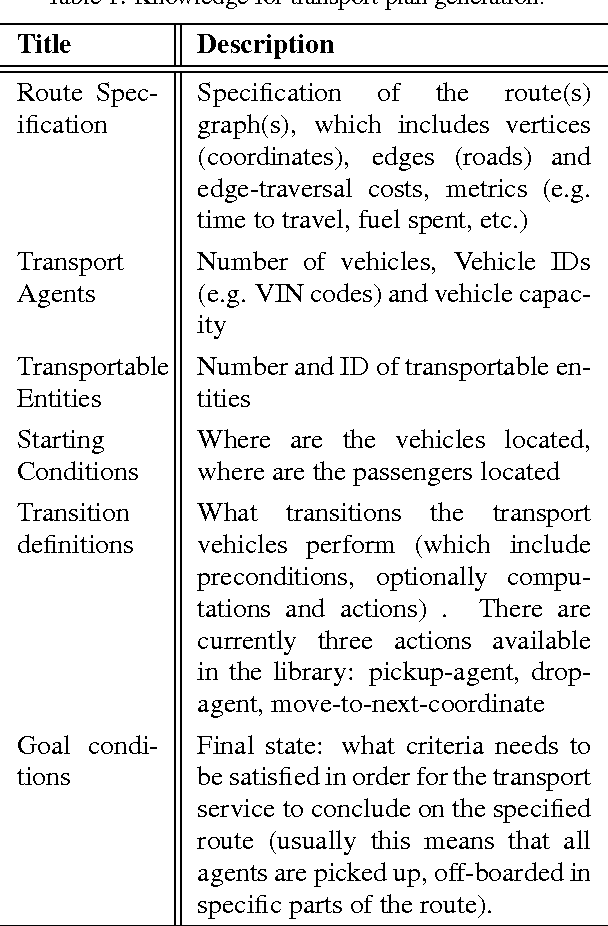
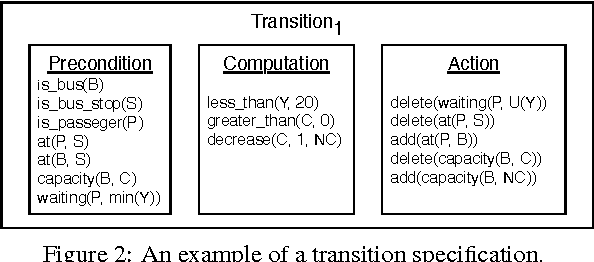
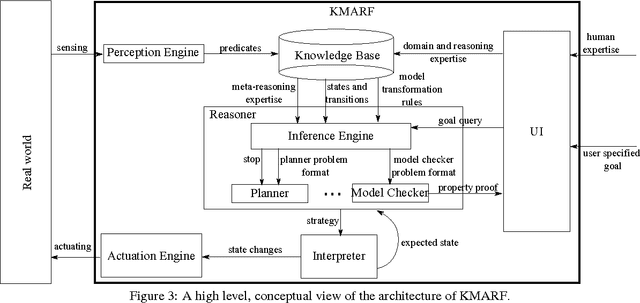
Abstract:Cyber-Physical Systems in general, and Intelligent Transport Systems (ITS) in particular use heterogeneous data sources combined with problem solving expertise in order to make critical decisions that may lead to some form of actions e.g., driver notifications, change of traffic light signals and braking to prevent an accident. Currently, a major part of the decision process is done by human domain experts, which is time-consuming, tedious and error-prone. Additionally, due to the intrinsic nature of knowledge possession this decision process cannot be easily replicated or reused. Therefore, there is a need for automating the reasoning processes by providing computational systems a formal representation of the domain knowledge and a set of methods to process that knowledge. In this paper, we propose a knowledge model that can be used to express both declarative knowledge about the systems' components, their relations and their current state, as well as procedural knowledge representing possible system behavior. In addition, we introduce a framework for knowledge management and automated reasoning (KMARF). The idea behind KMARF is to automatically select an appropriate problem solver based on formalized reasoning expertise in the knowledge base, and convert a problem definition to the corresponding format. This approach automates reasoning, thus reducing operational costs, and enables reusability of knowledge and methods across different domains. We illustrate the approach on a transportation planning use case.
 Add to Chrome
Add to Chrome Add to Firefox
Add to Firefox Add to Edge
Add to Edge